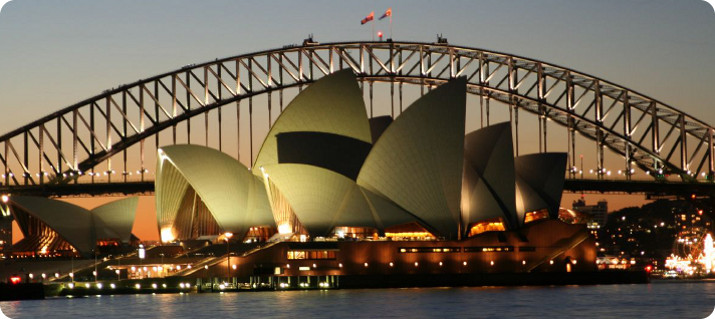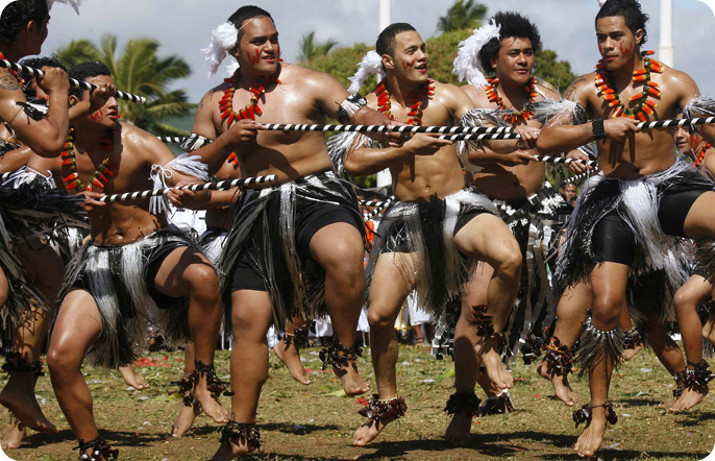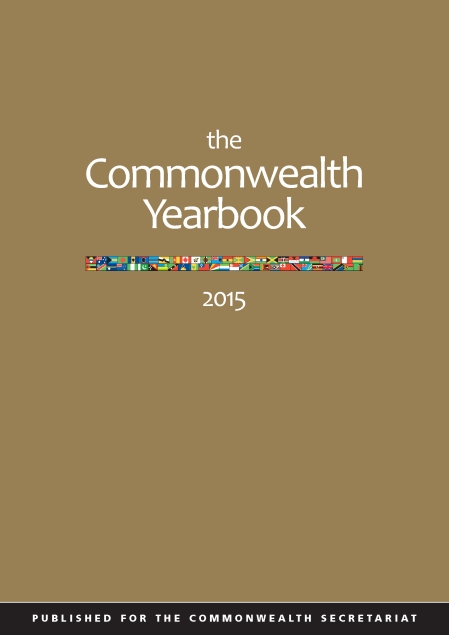
There are eleven Commonwealth member states in the Pacific region, all discrete island nations except Papua New Guinea which comprises some 600 islands and the eastern part of the island of New Guinea. Australia andNew Zealand were founder members of the Commonwealth in 1931 when their independence was recognised under the Statute of Westminster.Samoa attained independence from the UK in 1962 joining the Commonwealth in 1970. Nauru became a member on attaining independence in 1968, Tonga in 1970, Papua New Guinea in 1975, Solomon Islands in 1978, Tuvalu in 1978, Kiribati in 1979, and Vanuatu in 1980. Fiji – currently suspended from membership of the Commonwealth – became a member in 1970.

Australia, New Zealand, Papua New Guinea, Solomon Islands and Tuvalu are constitutional monarchies recognising Queen Elizabeth II as head of state represented by a governor-general; the prime minister is the elected head of government. Tonga is a constitutional monarchy with extensive powers residing in the monarch; the monarch appoints the prime minister. Samoa and Vanuatu are republics with a non-executive head of state and an elected prime minister as head of government. Kiribati and Nauru are republics with executive presidencies. The Commonwealth has not recognised the interim government formed in Fiji after the coup of 5 December 2006.
The first person from the Pacific region to be appointed Commonwealth Secretary-General was Sir Donald McKinnon, who served from 2000 to 2008. The biennial Commonwealth Heads of Government Meeting was held in the Pacific region in 1981 (Melbourne, Australia); 1995 (Auckland, New Zealand); and 2002 (Coolum, Australia).



